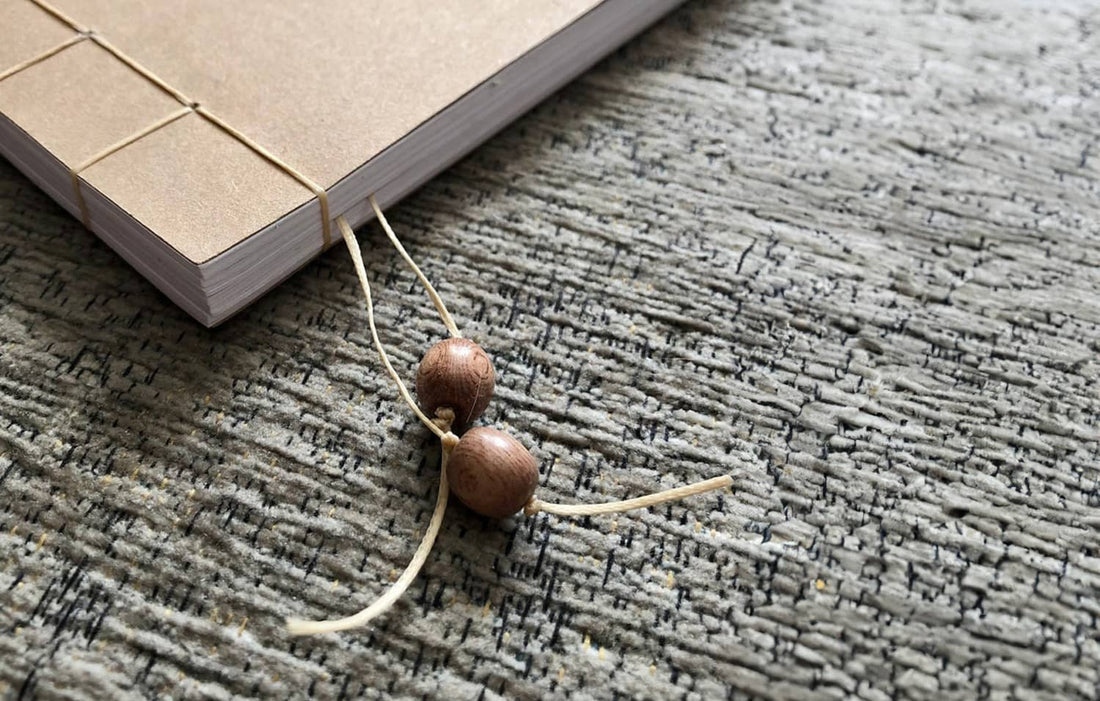
Binding children's drawings with Japanese binding
Share
When the JAMU picture frame has reached its capacity of more than 100 pictures, there is a wonderful way to preserve your children's artwork: Japanese binding. In this blog post, we show you how to easily bind a book of your child's drawings using this traditional technique - a creative and practical solution when the frame is full.

The JAMU picture frame is perfect for storing and presenting children's drawings in style. But what happens when the frame is full after more than 100 drawings? Of course, you could just buy another JAMU frame, but there is an equally creative and sustainable alternative: Japanese binding. With this simple technique, you can bind your child's most beautiful drawings into a book and create a lasting memory.
What is the Japanese binding?
Japanese binding is a traditional method of binding sheets of paper into a book. It is ideal for organizing loose papers, such as children's drawings, and turning them into a handmade art book. This technique is simple but effective, and you only need a few materials to create your own book.
How to bind children's drawings with Japanese binding
When the JAMU frame is full, you can compile the drawings into a book at the end of the year. Here we show you how it works:
Sort drawings: It is best to arrange the children's drawings that you want to bind chronologically so that you get a nice overview of the year.
prepare materials
For the Japanese binding you need:
- hole punch or hole tool
- thread (e.g. cotton or leather thread)
- needle
- Cardboard or thick paper for the cover
- Ruler and pencil for measuring the holes
Make holes : Using a hole punch or hole punch tool, make holes along the edge of the drawings (1.5cm apart). The number of holes can vary, but 5 to 7 holes are ideal for a strong binding.
Threading: In the following picture you can see how the principle of binding works - in the example only 3 holes are shown to make it clearer, but the principle remains the same no matter how many holes you use. Start in the middle of the pages and thread the thread through the first hole (No. 1). Now thread the thread through all the holes as shown until the book is bound.

Tie the ends: At the end, tie the two ends of the thread together inside the book and trim the excess threads. Your memory book is now ready!
Design the cover: Finally, you can design a custom cover for your hardcover book. Use thick cardboard or colored paper and decorate it with your child's name and the year the artwork was collected.

Annual tradition – sorting drawings
We recommend binding the drawings into a book every year. This will create a collection over the years that documents your child's creative growth. With Japanese binding, you can ensure that all the artwork is stored neatly and beautifully - a lasting memory for the whole family.
Japanese binding is a wonderful way to preserve children's drawings once the JAMU frame is full. Easy to create and customizable, it allows you to organize and capture your child's creative works in style year after year.